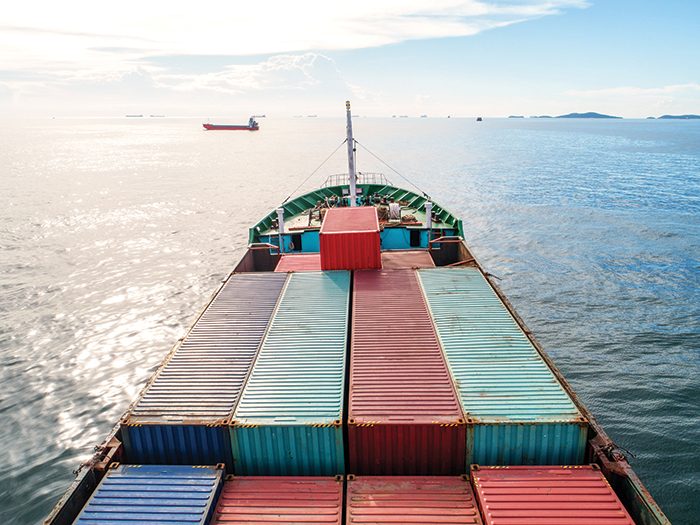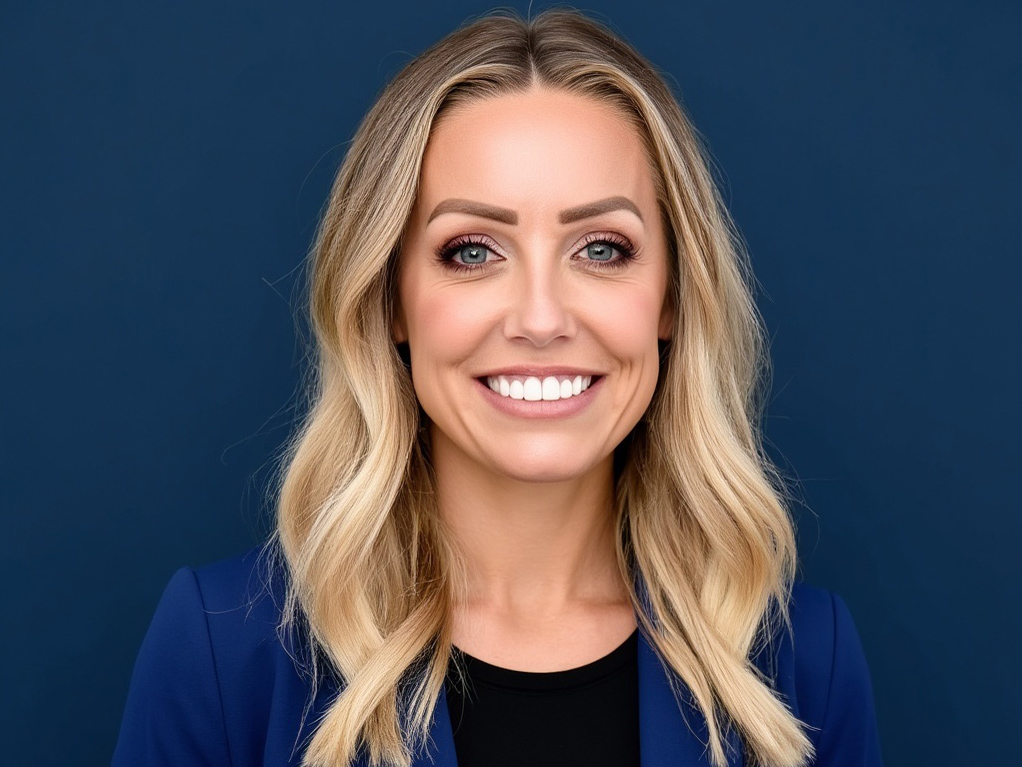Insurtech
Blockchain Project for Marine Hull and Cargo Coverage

Marine insurance is one of the oldest forms of risk management in the world and among the least changed in its roughly half millennium existence. Yet, that may all change significantly — and soon.
Two marine underwriters, XL Catlin and MS Amlin, and brokerage WillisTowersWatson (WTW) are part of a wide-ranging consortium that will begin commercial operation of a blockchain system for hull and container insurance early in 2018.
Other parties in the consortium include Maersk, the largest container shipping line in the world, software giant Microsoft, major consultancy Ernst & Young (EY), and Internet security firm Guardtime. They started proof-of-concept tests in April 2017 and have built about a dozen use cases. Maersk operates 611 ships that move 12 million containers a year.
Blockchain systems, also known as distributed-ledger systems, arose out of complex financial transactions but are quite simple in concept. Each new electronic document in what used to be known as the paper trail is a discrete block on the chain of documents.
Transparency comes from the fact that all documents in the chain are visible to all parties. Security comes from the fact that no party can change or delete any documents, only add new ones.
EY estimates the marine insurance business at $30 billion worldwide in annual premiums across all markets, including vessels, containers and contents.
“The marine insurance business is 400 to 500 years old,” said Shaun Crawford, global insurance leader, EY, “but it has not changed a great deal over that time. It has grown much more complex, but the fundamental issue is taking risk, pricing risk and putting that on the balance sheet.”
The problem in the size and complexity of the sector today, Crawford explained, is that “the gap between risk and capital has widened. There are many different counterparties, often unknown. So underwriters are actually making quite a big bet.
There are regulatory and capital requirements that help, but the question for operators, brokers and carriers remains how to understand the risk.”
The goal of the blockchain consortium project is to make the entire risk management and underwriting process more transparent, more reliable, more repeatable — in effect, more transactional.
The idea is that reducing expenses and better pricing risk will reduce overall costs, reducing premiums, speeding claims processing and payment, and ultimately freeing risk capital on balance sheets.
“Blockchain technology was born out of the virtual-currency markets,” explained Chip Reed, account manager for marine, WTW.
“It was developed as a way to have trust in a counterparty that is otherwise unknown. In the blockchain, everyone has the exact same information at the same time. That is especially important when dealing with international counterparties you have never worked with before.”
To date, the challenge in implementing blockchain transactions has been the time and treasure needed to develop a system, coupled with the complexity of ensuring it is compatible with the systems of counterparties. Hence the consortium for marine insurance.
“Outside cryptocurrency, technology is still in its very early days,” said Reed. “Technology vendors can provide stand-alone programs. In some instances, a major user would purchase the system and make it available to counterparties, including ship lines and brokers.”
“In the blockchain, everyone has the exact same information at the same time. That is especially important when dealing with international counterparties you have never worked with before.” — Chip Reed, account manager for marine, WillisTowersWatson
While the initial focus has been on transparency, efficiency, security and cost, Reed stressed another potential benefit: claims.
“Damage or loss in container freight is very complex. It would be a huge benefit to everyone if smaller claims could be paid automatically through smart contracts on a distributed ledger. We are not quite there yet, however. To get there, it is first necessary to map the claims process and, at the same time, streamline the transactional parts of the business.”
Crawford, at EY, noted another large potential benefit. While the first project is strictly for container freight, there is potential for growth into project freight. Or, at least, the containerized and breakbulk part of project freight.
The insurance for such moves almost always includes coverage for delay in start-up (DSU), because the loss or damage to a key component that is not easily replaceable can set back the building of a power plant, bridge or refinery by months.
Project cargo might seem to be the antithesis of container shipping, a highly customized movement of one or a few large, heavy, expensive components. But project cargo is often more than that. Those high-profile, one-off moves are often part of a larger development project that also involves delivery of thousands of smaller components by container or breakbulk.
“Blockchain can be useful in project management by allowing the project manager to adjust the time schedule,” said Crawford.
“It may be possible to reduce the impact of a DSU by working around” problems with delivery or damage to certain components. “More information and more data lower the overall risk for a project.”
While the Maersk group includes some of the biggest names in each respective field, it is not the only one pursuing blockchain technology in marine cargo. Containership line NYK said it is participating in a consortium to develop a trade-data sharing platform using blockchain technology formed by NTT Data Corp. of Japan.
That consortium comprises 14 companies from various sectors involved in trade-related business including banking, insurance, integrated logistics, import and export and others.
According to a statement from NYK, “trade procedures are time-consuming, as exchange of paper-based documents is required. This consortium aims to streamline processes for trade data sharing between verticals and businesses using blockchain technology. It is the very first consortium ever launched in Japan that transcends across diverse industries in trade-related business.” &











